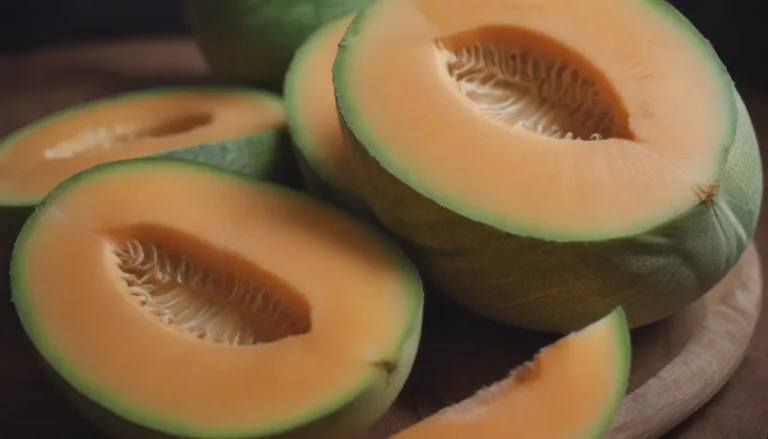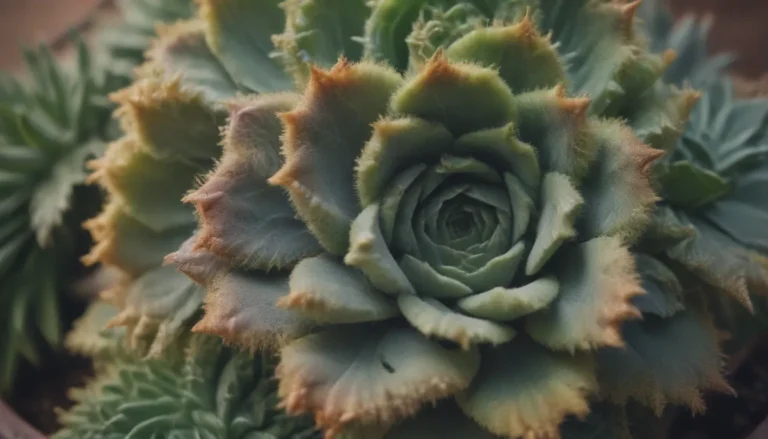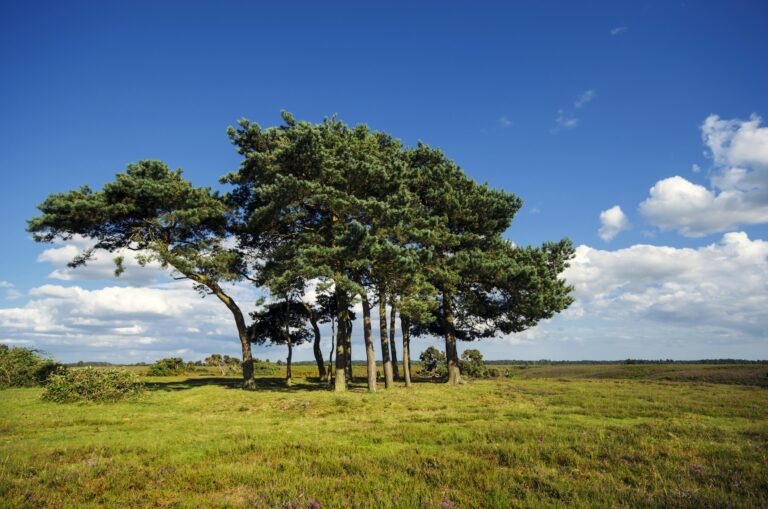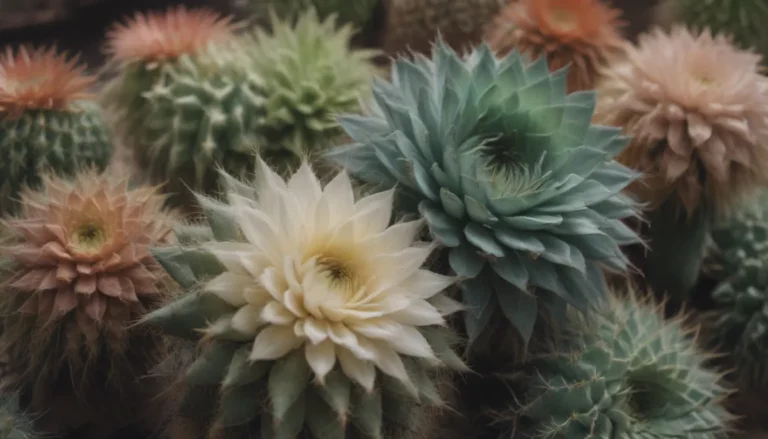A Comprehensive Guide to Growing and Caring for Majesty Palm

If you’re a plant enthusiast and have a passion for tropical trees, then the majestic Majesty Palm (Ravenea rivularis) is a stunning addition to your indoor garden. Originating from Madagascar, this tree can reach towering heights of nearly 100 feet in its natural habitat. However, due to its increasing rarity in the wild, Majesty Palm is now predominantly grown as an indoor plant, where it typically reaches heights of about 10 feet.
With its elegant arching fronds and multiple stems, a mature Majesty Palm resembles a royal palm, making it a sought-after plant for indoor gardening enthusiasts. But, as beautiful as it is, growing a Majesty Palm successfully requires a bit of finesse and attention to detail. Often referred to as a “challenging” plant by houseplant experts, mastering the art of caring for a Majesty Palm can be a rewarding experience.
Majesty Palm Care: Balancing Lights, Water, and Fertilization
Successfully cultivating a Majesty Palm hinges on maintaining a delicate balance of heat, light, and fertilization. Here are some key factors to consider when caring for your Majesty Palm:
Light
While Majesty Palms are understory plants in their natural habitat, indoors they thrive in bright, indirect light. If you notice your plant stretching or bleaching, it may need to be moved to a brighter spot temporarily. However, avoid exposing it to direct sunlight, as this can harm the plant.
Soil
Majesty Palms prefer an acidic soil mixture with a pH as low as 5.0. A standard potting mix with added peat moss provides the ideal growing medium for these palms. Good drainage is crucial to prevent waterlogged roots.
Water
Keep the potting media consistently moist, but avoid overwatering to prevent waterlogging. Allowing the soil to dry out too much between waterings can lead to leaf loss.
Temperature and Humidity
Majesty Palms thrive in temperatures ranging from 65 to 85 degrees Fahrenheit. They prefer high humidity but can tolerate regular household humidity levels. In drier climates, using a humidifier or misting the plant can help maintain the humidity levels it needs.
Fertilizer
Feed your Majesty Palm with a weak liquid fertilizer during the growing season, but avoid fertilizing during the winter months. Choosing a fertilizer mix designed for cacti can help keep your palm healthy and vibrant.
Pruning
Regularly remove any brown or yellow fronds to keep your Majesty Palm looking its best. Pruning is essential for maintaining the plant’s appearance and overall health.
Propagating
Majesty Palms are typically propagated from seeds, as commercial production of seeds is limited. However, dividing the offset “pups” from the mother plant during repotting is a viable propagation method that can be done without causing undue stress to the plant.
Types of Majesty Palm: Varieties and Cultivars
There are no named cultivars of Ravenea rivularis, and the genus Ravenea is comprised of only about 20 species, all of which are considered endangered. R. rivularis is the most commonly cultivated species for garden and houseplant use.
Potting and Repotting Majesty Palm
Majesty Palms may need to be repotted annually or every other year as they grow slowly. When repotting, take care not to damage the root ball and use a sturdy, heavy container to prevent tipping. Clay or ceramic pots help stabilize top-heavy plants, and a potting mix with added peat moss provides an optimal growing medium.
In colder regions, moving Majesty Palms indoors during winter is essential to protect them from freezing temperatures.
Common Pests and Problems
Like any plant, Majesty Palms are susceptible to pests and issues that can affect their health. Common pests include aphids, scale, whitefly, spider mites, and mealybugs. Maintaining adequate humidity levels and addressing pest infestations promptly can help keep your Majesty Palm healthy and vibrant.
If your Majesty Palm’s leaves start to change color, it’s essential to identify the underlying issue. Yellowing leaves can indicate overwatering or imbalance in light and fertilizer, while brown leaves may be a sign of sunburn or underwatering.
Blooming and Growth Patterns
Majesty Palms rarely bloom indoors, with mature outdoor trees occasionally producing inconspicuous white flowers. Encouraging blooms in indoor plants is unnecessary, as the flowers are not particularly showy.
As Majesty Palms grow about a foot per year, repotting them infrequently and providing consistent care are key to their overall health and longevity.
Conclusion
In conclusion, caring for a Majesty Palm can be a rewarding experience for any indoor gardener. By understanding and mastering the intricacies of light, water, fertilization, and overall plant care, you can enjoy the beauty and grace of this tropical tree in your home.
Remember to pay attention to your Majesty Palm’s needs, promptly address any pest issues or diseases, and provide the optimal growing conditions for a thriving and healthy plant. With proper care and attention, your Majesty Palm will flourish and become a centerpiece of your indoor garden for years to come.
References:
– Younis, Adnan. (2017). Nutritional Efficacy of Various Growing Substrates for Potted Ravenea rivularis Palm Production. Pakistan Journal of Nutrition. 16. 10.3923
– Howard, F. W. Insects on Palms. CABI Pub., 2017
Let’s transform our indoor spaces into lush tropical paradises with the majestic Majesty Palm as our centerpiece! 🌿✨





